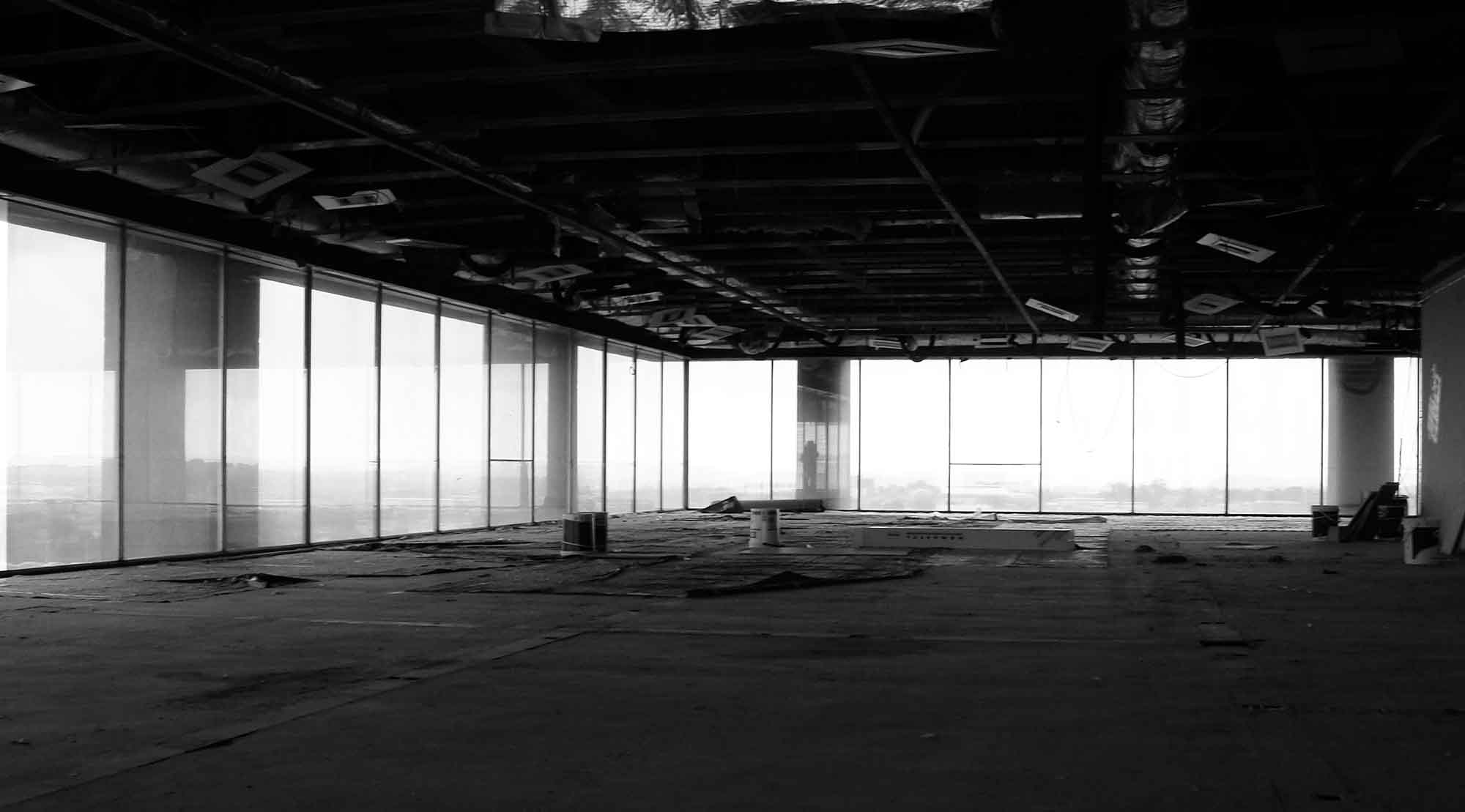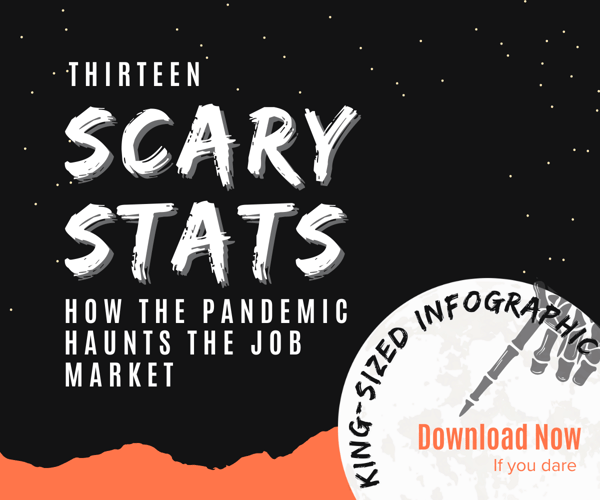The Future of Work looks different through the lens of a global pandemic, or maybe it's a little more clear. Some of us were considered essential and forced to work in strained, sometimes lethal environments. Others were forced out of work, and can't pay bills or rent. No matter who you are, the pandemic influenced how you live, work and survive.
Reskilling and upskilling are essential to meeting new demands in the Future of Work. Here are 13 scary stats haunting the job markets of today and tomorrow.
1. 20% of business travel may not ever return
McKinsey’s travel practice estimates business travel, the most lucrative segment for airlines, may not ever return to pre-pandemic numbers. Leisure travel, however, is expected to bounce back.
2. Cooks have the No. 1 most hazardous job
According to a UC San Francisco study from March to October 2020 for working age California residents, cooks have the most hazardous occupation for essential workers during the pandemic. The study cited that food and agriculture workers had a 39 percent increase in deaths.
3. Over 500K breaches occurred during video conferencing
Deloitte reports: Between February and May 2020 more than half a million people globally were affected by breaches in which the personal data of video conferencing users was stolen and sold on the dark web. The rise of remote work during the pandemic increases the need for cybersecurity, yet there are nearly 465,000 unfilled cyber jobs across the nation.
4. More women than men quit the labor force
From February 2020 to February 2021, a net 2.4 million women left the labor force, compared to 1.8 million men. Pew Research Center also reports the labor force participation rate for women has also declined.
5. Executives plan to reduce office space by 30%
This survey of 278 executives by McKinsey forecasts a grim future for restaurants, retail and public transportation in downtown areas as demand will decline when remote work rises.
6. The leisure and hospitality industry has an unemployment rate of 9%
Nevada holds the highest unemployment rate in the country. Hospitality and tourism dominate the state's economy, and although they've seen gains, their road to recovery is a long one.
7. We face a nursing shortage of 1.1MM
Our healthcare system is strained by an aging nursing population with over 500,000 RNs expected to retire by 2022. To make matters worse, the working conditions and workload exacerbated by the pandemic caused heightened stress in the field and a drain on the pipeline. The U.S. Bureau of Labor Statistics projects the need for expansion to avoid a shortage.
8. Ecommerce grew 2-5X faster in 2020 than before the pandemic
That's scary fast. According to LinkedIn, hiring for Frontline Ecommerce Workers grew 73 percent year-over-year. McKinsey reports other kinds of virtual transactions have also taken off, like online banking and telemedicine.
9. Our supply chain shortage is super scary
Here's a breakdown of the shortage in numbers: The warehouse industry had a record 490,000 job openings in July, the trucking industry has a shortage of 80,000 drivers and the manufacturing industry lost 578,000 jobs in 2020.
10. 25% more workers may need to switch occupations
Healthcare and IT jobs may grow while jobs in the food service industry may shrink. It's expected that most growth will happen in high-wage jobs, so there's a mounting need for workers to learn new skills in order to remain employed.
11. Hawaii's travel economy suffered a 60% decline
Although the pandemic impacted travel in every state, Hawaii saw the biggest decline year-over-year. Through the Workforce Innovation Network, the state is assessing skills to ensure diversification beyond tourism.
12. 20-25% of the workforce could work from home
According to McKinsey, even a partial shift to a hybrid remote-work model could completely change the landscape of how employers operate from insurance to salaries to perks.
13. Orders for industrial robots surged 20%
Interest in automation and AI got a boost during the pandemic as employers across all industries looked for ways to increase production with fewer resources. Supply Chain Dive reports that orders of industrial robots in North America surged 20 percent year-over-year in the first quarter of 2021.
Career path mapping is critical for resiliency and future-proofing your success. Click here to create a free account and explore over 130 million real career journeys for yourself or for your institution.

%20(1).png)




